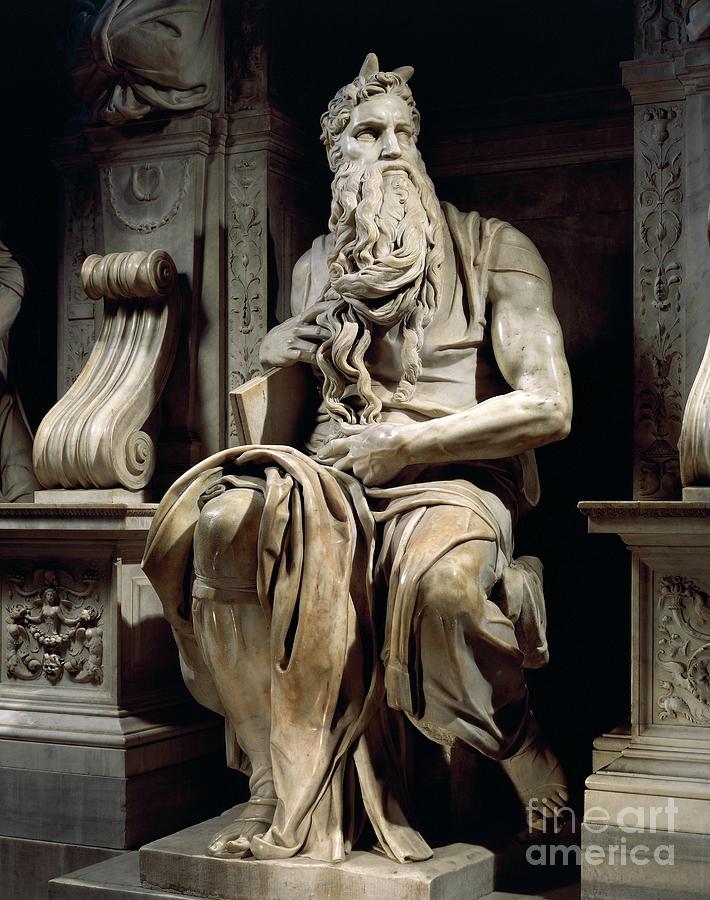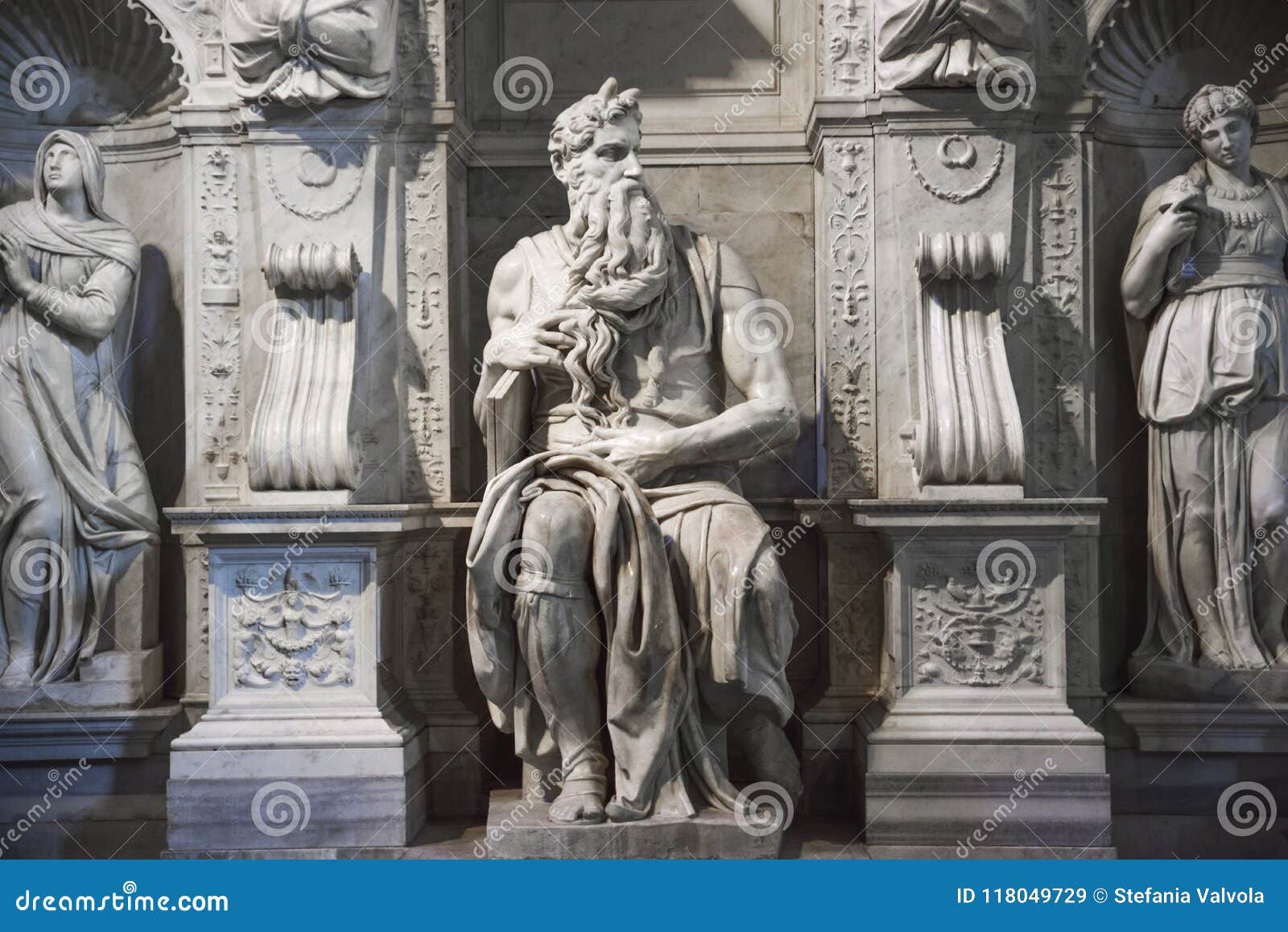



The book also catalogues fifteen sculptures designed for the tomb and more than eighty related drawings, as well as an extensive and up-to-date bibliography. Michelangelos Prisoners of Pope Julius IIs Tomb at the Accademia Gallery in Florence in Italy. This book traces Michelangelo's stylistic development documents the dialogue between the artist and his great friend and exacting patron Pope Julius II unravels the complicated relationship between the master and his assistants, who executed large parts of the design and sheds new light on the importance of neoplatonism in Michelangelo's thinking.Ī rich trove of documents in the original Latin and archaic Italian relates the story through letters, contracts, and other records covering Michelangelo's travels, purchase of the marble, and concerns that arose as work progressed. Authored by Christoph Luitpold Frommel, who also acted as the lead consultant on the recent restoration campaign, this volume offers new post-restoration photography that reveals the beauty of the tomb overall, its individual statues, and its myriad details. Buy Michelangelos Tomb for Julius II - Genesis and Genius by Frommel, Christoph online on Amazon.ae at best prices. Repeated failures to complete the monument were characterized by Condivi, Michelangelo's authorized biographer, as "the tragedy of the tomb." This definitive book thoroughly documents the art of the tomb and each stage of its complicated evolution. Design for Julius II tomb (first version) was created in c.1540 by Michelangelo in Mannerism (Late Renaissance) style. The tomb that Michelangelo made for Pope Julius II is one of the most pondered and interpreted works of art in the entire history of the Italian Renaissance. 21, 1513, Rome), greatest art patron of the papal line (reigned 150313) and one of the most powerful rulers of his age. 5, 1443, Albisola, Republic of Genoadied Feb. History The two 'slaves' of the Louvre date to the second version of the tomb of Pope Julius II which was commissioned by the Pope's heirs, the Della Rovere in May 1513. 1513-1515, marble, 235 cm (San Pietro in Vincoli, Rome) In this story from the Old Testament book of Exodus, Moses leaves the Israelites, who he has just delivered from slavery in Egypt, to go to the top of Mt. The Rebellious Slave is a 2.15m high marble statue by Michelangelo, dated to 1513. An examination of why a Last Judgment was commissioned and why certain iconographic choices were made in the grand composition's development supports the argument that the fresco conveys an inherently positive and triumphal message, rather than being a gloomy and frightening image that reflects insecurities spawned within the papal court by the Sack of Rome.In 1505, Michelangelo (1475-1564) began planning the magnificent tomb for Pope Julius II, which would dominate the next forty years of his career. Julius II, original name Giuliano della Rovere, (born Dec. Michelangelo, Moses from the Tomb of Pope Julius II, c. However, Michelangelo only completed twelve statues before the pope’s death in 1513. The contract stipulated that the artist was to create forty statues and was given a deadline of five years. Michelangelo's fresco, together with the chapel's earlier decoration, was commissioned to propagate specific ideas about the Second Coming and the Catholic Church's part in this climactic event. In 1501, Pope Julius II commissioned Michelangelo Buonarroti to create a monumental tomb for himself and for his family. 1503-1513 CE), and then he was given perhaps his most challenging commission - to paint the ceiling of the Vatican Citys Sistine Chapel (see below). Michelangelo returned to Rome to work on the tomb of Pope Julius II (r. Contrary to much published opinion, this fresco cannot be taken merely as expressing a single artist's vision, but instead should be viewed as the culminating statement of papal propaganda in the Sistine Chapel, which continues the message of papal primacy begun by Pope Sixtus IV in the early 1480s. Michelangelo (1475-1564 CE) was an Italian artist, architect and poet. A discussion of the theme of papal primacy in Michelangelo's fresco Last Judgment in the Sistine Chapel in Rome and how the artist worked to convey this message. - Beth He finishes Moses, and also two very emotional and very beautiful figures that are today in the Louvre, the 'Dying Slave' and the 'Rebellious Slave.' - Stephen The problem is is that phase 2 is still wildly ambitious, and ultimately, things will get toned down in phase 3.


 0 kommentar(er)
0 kommentar(er)
